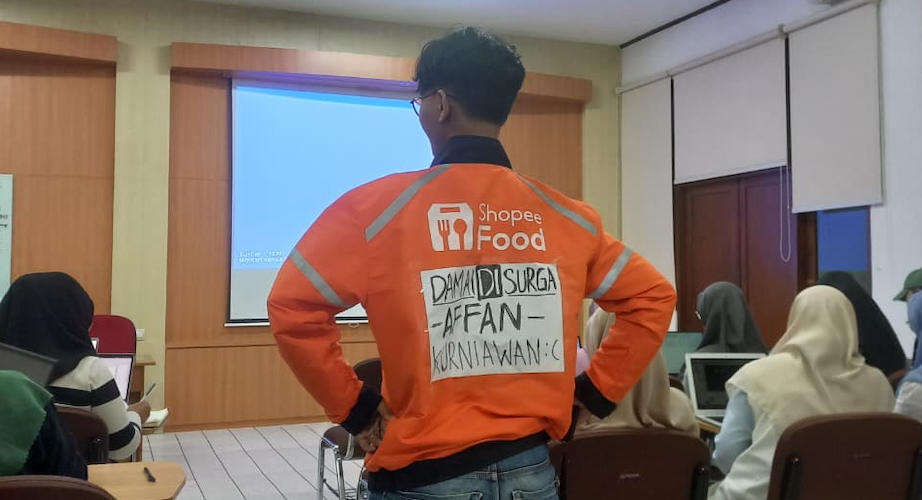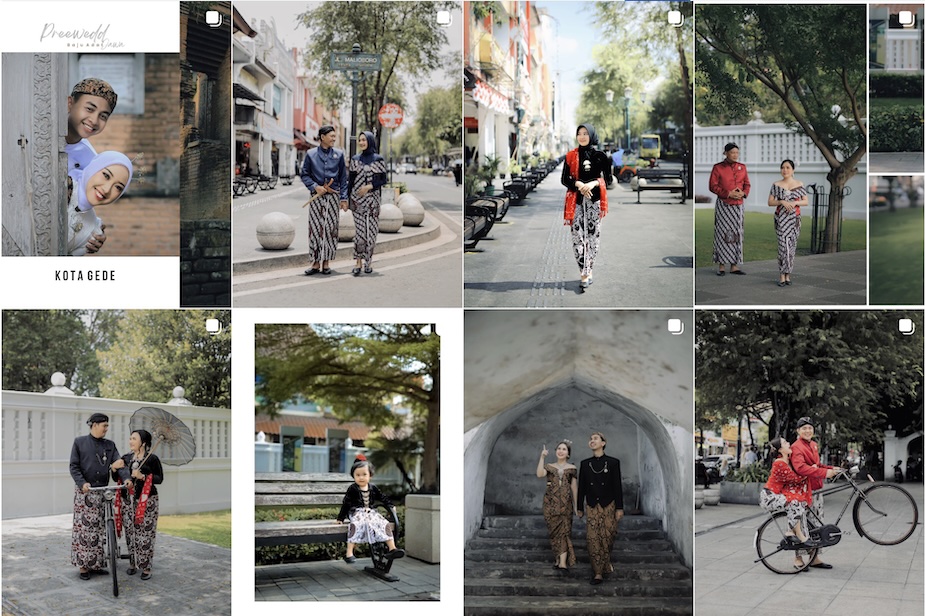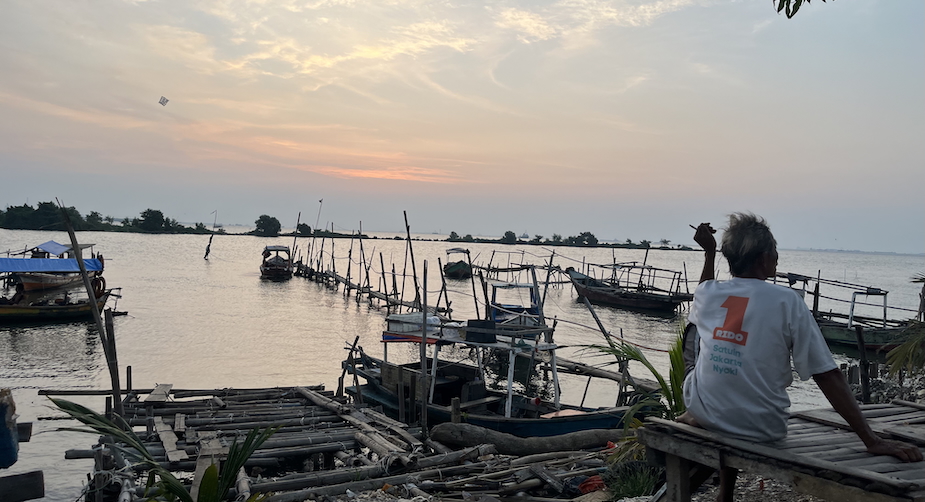National politics mattered more than ever in the recent elections for governors and districts heads
Ward Berenschot
‘I am campaigning because I feel like it,’ said Joko Widodo (‘Jokowi’) on 16 November 2024 as he toured the city of Purwokerto in support of Ahmad Luthfi’s bid for the Central Java governorship. He was rallying support in advance of Indonesia’s regional elections held on 27 November. Despite his nonchalance, the sight of Jokowi and Lutfhi jointly touring constituencies was unusual. Previously, presidents hardly involved themselves directly in local election campaigns.
Jokowi not only enthusiastically supported candidates for governor and district heads (bupati), rumour also had it that he shaped the party coalitions supporting these candidates. In Central Java, Luthfi’s candidature received support from the same coalition backing President Prabowo and Vice President Gibran Rakabuming Raka, who is also Jokowi’s son. This coalition, referred to as the Koalisi Indonesia Maju Plus (‘Advanced Indonesia Coalition Plus’ or KIM plus), includes all major political parties, except the PDI-P. This coalition was remarkably successful: after winning the presidential elections in February of this year, the KIM plus coalition saw nine out of its eleven candidates elected governor on 27 November. Do these victories mean that regional elections have become more aligned with national politics?
When local elections were local
One decade ago, when I studied the 2014 election campaigns, regional elections were distinctly local affairs. At that time, the party coalitions supporting candidates for district heads and governors bore little resemblance to those at the national level. Together with colleagues I analysed these coalitions, and found that, prior to 2024 local alliances rarely mirrored the party coalitions backing former presidents Susilo Bambang Yudhoyono and Jokowi in Jakarta.
On the regional stage, parties often set aside their national allegiances. An opposition party at the national level might just as easily ally with a ruling party as with another opposition party. These decisions were primarily driven by local factors such as considerations about a candidate’s popularity, and a peculiar aspect of Indonesian politics known as mahar politik. In exchange for their support, political parties often require candidates to pay considerable sums. This transactional dynamic has made parties highly pragmatic, frequently aligning with whichever candidate offers the largest sum of money.
Moreover, presidential popularity had minimal impact on the outcome of local elections. In political science-speak, there was no ‘coattail effect’. Voter sentiments toward the president did not significantly influence their vote for governor or district head. Instead, the outcomes of regional elections were shaped by local factors, such as the candidates’ popularity, the strength of the party networks or organisations supporting them, and the amount of campaign budget at their disposal. In short, regional factors shaped the outcome of regional elections.
Get your coattails on
This dynamic seems to have shifted in 2024. While regional factors still matter, national politics is now playing a bigger role. After Prabowo won the presidential elections in February of this year, supported by Golkar, Gerindra, PAN and Partai Democrat, four additional parliamentary parties – NasDem, PKB, PKS, and PPP – quickly joined, forming the ‘KIM plus’ coalition. This political constellation subsequently shaped many gubernatorial elections.
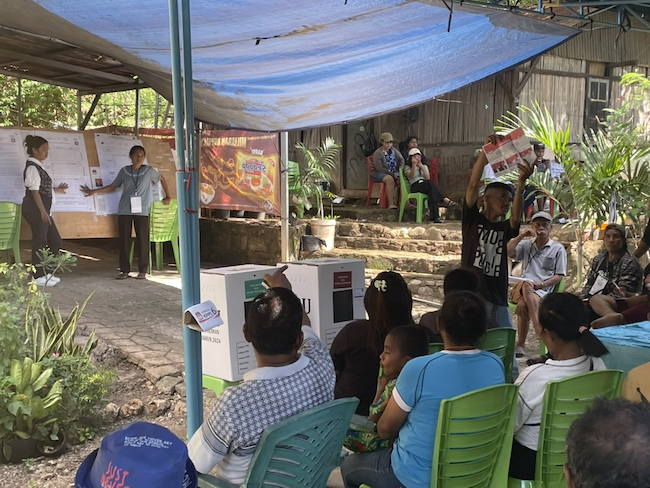
In sixteen provinces, party coalitions remained as diverse as in previous elections. However, in eleven provinces – all Javanese provinces but also North Sumatra, NTT, West Kalimantan, Papua, Jakarta and Bali – the elections featured a candidate backed by the KIM plus coalition competing against a candidate supported by the only remaining opposition party, PDI-P. This pattern extended to some key cities and districts such as Semarang and Bogor. Rumours suggest that these coalitions emerged under considerable pressure from national party leaders, with Prabowo and Jokowi reportedly urging their coalition partners to unite against PDI-P to strengthen Prabowo’s administration.
Another notable shift is the emergence of a coattail effect in these elections. Prabowo and Jokowi’s endorsement might have influenced voter behaviour, as KIM plus candidates performed remarkably well. They defeated PDI-P’s candidates in nine provinces, including PDI-P strongholds of Central and East Java. Only in Jakarta and Bali did PDI-P candidates prevail over the KIM plus coalition. In Central Java, Ahmad Luthfi secured a decisive victory with 58 per cent of the votes, despite trailing in the pre-election polls. Jokowi’s active campaigning might have provided the boost Luthfi needed. While local dynamics still shaped outcomes, the impact of national politicians is now more salient.
A shifting power balance
What explains this ‘nationalisation’ of the regional elections? Newspaper have interpreted the results as evidence of Prabowo’s and Jokowi’s popularity. Others suggest that ideology and policy considerations are now playing a greater role in shaping party coalitions. Both interpretations, however, miss important underlying dynamics.
First, this nationalisation is partly the result of the timing of regional elections. For the first time these elections were held simultaneously across all provinces and nearly all districts, and they took place just nine months after the parliamentary and presidential elections. As Prabowo was forming his new cabinet during this period, political parties faced significant pressure to align their local candidate endorsements with national interests. Refusing to support Prabowo’s preferred candidates could have jeopardised their chances of securing ministerial positions.
Second, this shift reflects a broader realignment of power between Jakarta and the regions. Recent budgetary and policy reforms have recentralised power, making regional governments more dependent on Jakarta for funding, licensing and regulatory approvals. This shift in power was evident during the election campaigns. Candidates and voters seemed very aware of the need for local governments to have good political connections with Jakarta. During my visits to various regions during the campaign period, many KIM plus candidates emphasised their alignment with the national coalition, arguing that their connections would enable them to secure more resources from Jakarta. The term ‘linear’ emerged as a surprising buzzword in these elections, used by candidates and supporters to describe local coalitions that mirrored the national or gubernatorial alliances.
This need to be ‘linear’ did not only appeal to voters. Perhaps just as importantly, potential candidates and their financial backers also faced strong incentives to align themselves with the national coalition. In an economy with crony capitalist tendencies, economic opportunities often hinge on political connections. Consequently, regional elections also determine the prospects of entrepreneurs who support candidates in exchange for government contracts, licenses, and permits. They fund election campaigns with the aim of securing business opportunities. KIM plus candidates, with their ties to the central government, offer a strategic advantage in navigating Jakarta’s bureaucracy, making them more attractive to these financial backers. Consequently, these candidates received more campaign funding, thereby enhancing their competitiveness.
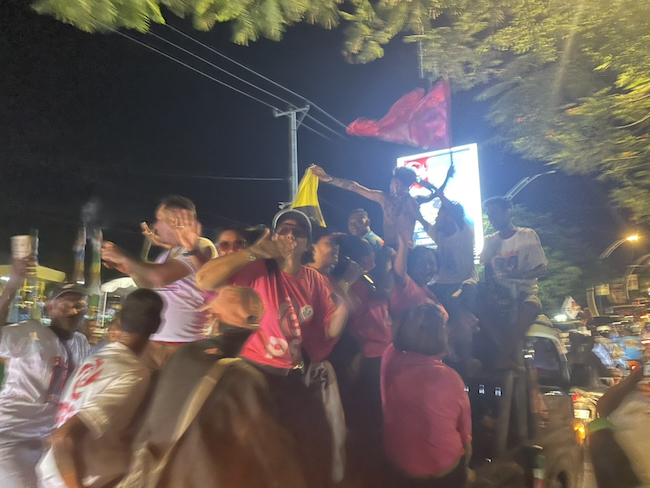
Another troubling indicator of this shift in power is the emergence of another buzz-term, ‘partai coklat’ (brown party). This term highlights the role of the police and the police and public prosecutors (Jaksa) in the elections. During my visits, some PDI-P candidates alleged that local government officials and the police were intimidating community leaders, such as village heads or neighbourhood (RT) heads, to campaign for KIM plus candidates. Rumours circulated that these local leaders faced threats of corruption investigations if they failed to deliver sufficient votes – a tactic worryingly reminiscent of the New Order era. While difficult to verify, these accounts resonate with earlier reports on the presidential elections that highlighted similar intimidation. Such practices might explain the, in some cases, considerable discrepancies between pre-election polls and actual results. In other words, the victories of the KIM plus coalitions may not so much reflect popularity of national politicians, but rather the ruling coalition’s influence over state officials.
Back to the New Order?
Some might interpret the nationalisation of regional elections as a sign of Indonesia’s party system becoming more coherent and mature. However, the ‘linearity’ of party coalitions is not driven by shared policy agendas but rather reflects an ongoing trend of power recentralisation. In the decade following the fall of the New Order, political power became more dispersed and shared among a wider range of actors, as ruling politicians loosened their grip over state institutions, civil society and the press. Decentralisation empowered local governments and gave rise to influential regional elites.
In recent years, however, observers regularly remarked that a process of democratic backsliding have reversed these gains. Civil society has been weakened, the press faces increasing pressures, and state institutions have become less autonomous. The nationalisation of regional elections is a regional extension of this process. As the president and his ruling coalition recentralise power, they are leveraging their influence to tighten control over regional politics. Political power is not yet as centralised as it was during the New Order. But Indonesia is moving back in this direction.
Ward Berenschot is a professor of comparative political anthropology at the University of Amsterdam and a senior researcher at KITLV and the author (with Edward Aspinall) of Democracy for Sale: Elections, Clientelism and the State in Indonesia (2019, Cornell UP). Images reproduced with permission of the author.







